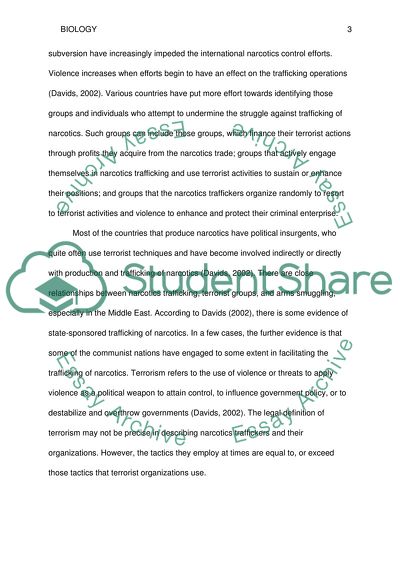Cite this document
(The Opium Poppy Term Paper Example | Topics and Well Written Essays - 2250 words, n.d.)
The Opium Poppy Term Paper Example | Topics and Well Written Essays - 2250 words. https://studentshare.org/biology/1765840-plant-and-people-term-paper
The Opium Poppy Term Paper Example | Topics and Well Written Essays - 2250 words. https://studentshare.org/biology/1765840-plant-and-people-term-paper
(The Opium Poppy Term Paper Example | Topics and Well Written Essays - 2250 Words)
The Opium Poppy Term Paper Example | Topics and Well Written Essays - 2250 Words. https://studentshare.org/biology/1765840-plant-and-people-term-paper.
The Opium Poppy Term Paper Example | Topics and Well Written Essays - 2250 Words. https://studentshare.org/biology/1765840-plant-and-people-term-paper.
“The Opium Poppy Term Paper Example | Topics and Well Written Essays - 2250 Words”. https://studentshare.org/biology/1765840-plant-and-people-term-paper.


